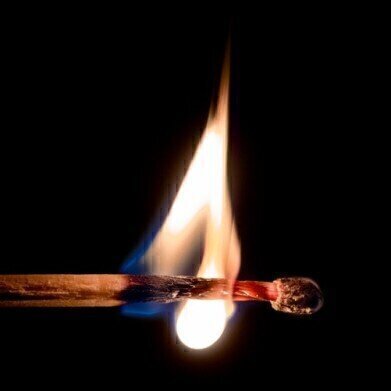GC, MDGC
How is Chromatography Changing Fire Debris Analysis?
Mar 13 2019
The effects of a fire are often devastating. After a fire has been extinguished, fire experts and forensic analysts have to work out why the fire happened, what caused the fire and was it deliberate. This is the process of fire debris analysis - the examination of materials from a fire to try and work out if someone or something caused the fire. In the US, there are standards to help analysts in this work. The American Society for Testing and Materials (ASTM) publishes a method (ASTM E1618-14) - Standard Test Method for Ignitable Liquid Residues in Extracts from Fire Debris Samples by Gas Chromatography-Mass Spectrometry - to help analysts carry out this task. Let’s take a closer look at fire debris analysis and see how improved chromatography techniques could help to improve the process.
What is an ignitable liquid?
The difficult task of finding out if a fire has been started deliberately usually tries to determine is a flammable or ignitable liquid was used. The process starts by with the collection of samples from the scene of the fire. The samples can then be analysed using a simple process:
- Extract any volatiles from the samples collected at the scene,
- Separate the volatiles using chemical analysis (chromatography is one of the main techniques used to separate mixtures), and
- Interpret the data obtained to try and identify and residues on the samples and determine where they might have come from.
An ignitable liquid is simply any liquid, or liquid phase, that can fuel a fire - flammable liquids, combustible liquids or any material that could be liquified and burned. If ignitable liquids are suspected, then debris from the fire such as clothing, empty containers found near the scene, furniture or vegetation from the scene can be tested. The current standard uses gas chromatography coupled with mass spectrometry to analyse samples. Could there be a better way?
Is there a way to improve?
A recent issue of Separations has looked at how fire debris analysis might be improved - and it includes using chromatography. But rather than standard gas chromatography with mass spectrometry (GC-MS) which is limited, the journal suggests other methods could improve the analysis.
One way to improve the analysis is to improve the detection limits or sensitivity - a topic discussed in the article, Column Overloading - An issue of some sensitivity along with several factors associated with good chromatographic practice. Another method that could improve an analyst’s ability to detect and identify residues on fire samples is to use GCxGC-MS - multidimensional gas chromatography with mass spectrometry. This provides lower levels of detection and a greater chance of identifying residues on samples.
Events
Apr 22 2025 Kintex, South Korea
Analytica Anacon India & IndiaLabExpo
Apr 23 2025 Mumbai, India
Apr 27 2025 Portland, OR, USA
May 11 2025 Vienna, Austria
May 18 2025 Tempe. AZ, USA












